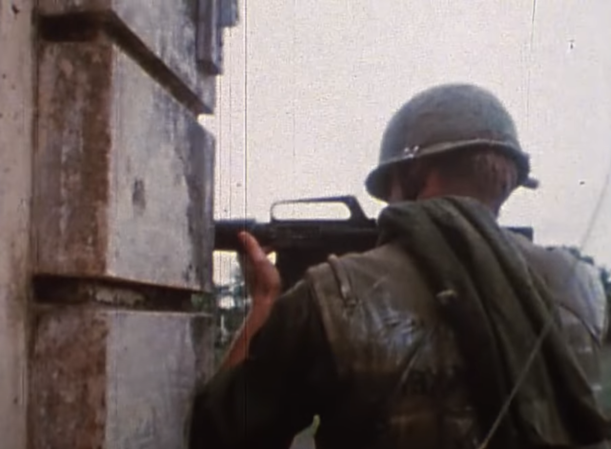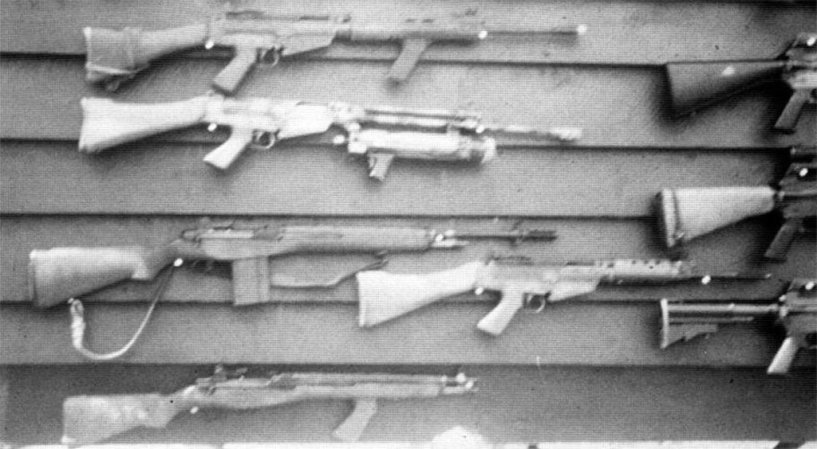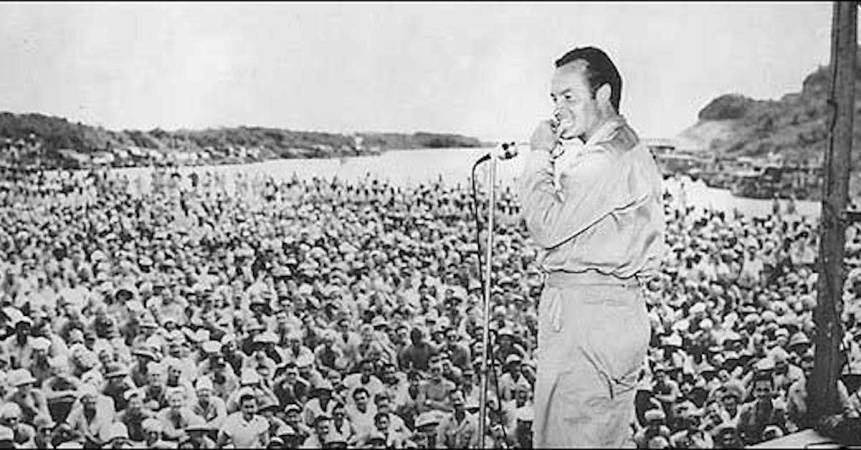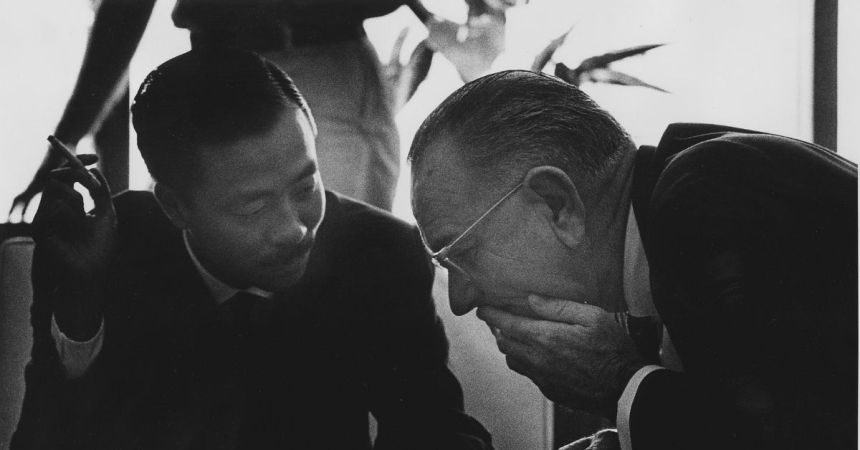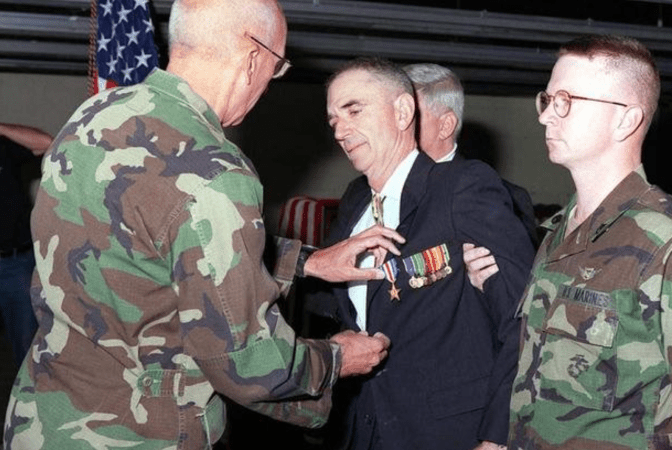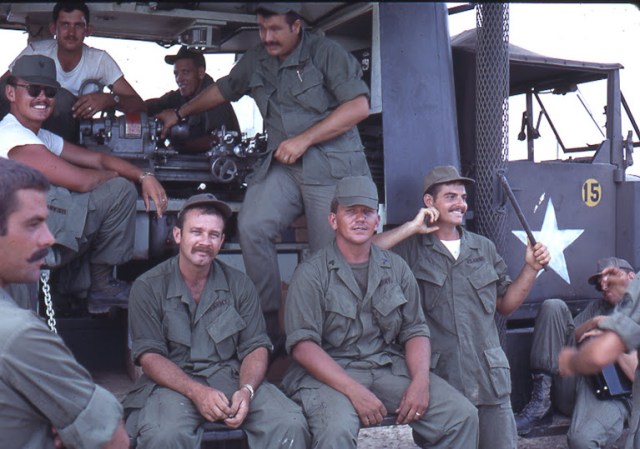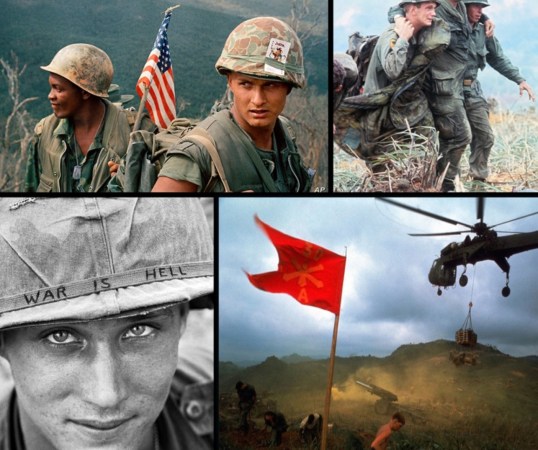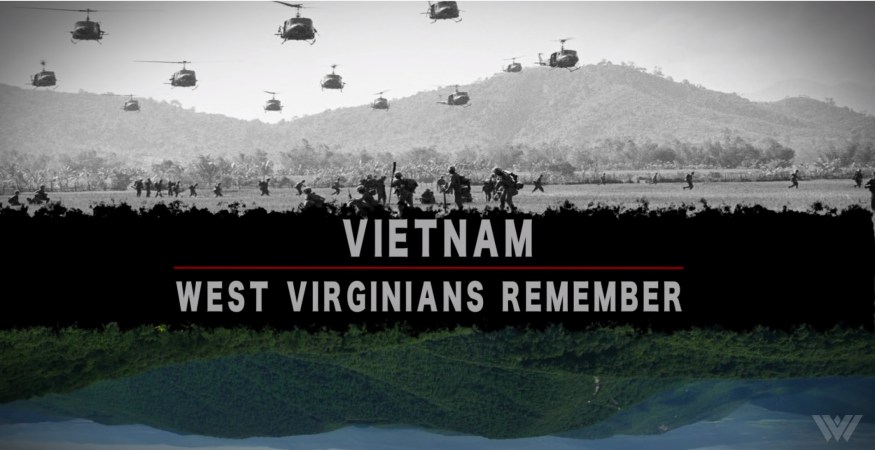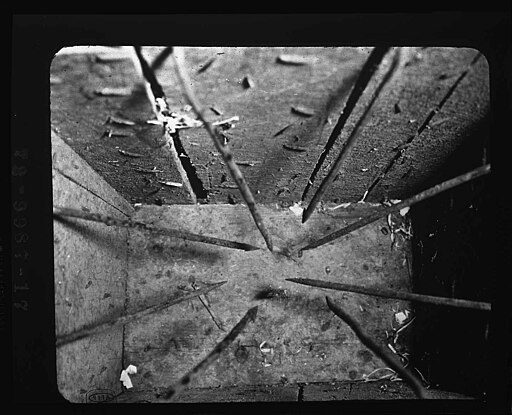Letters are a very personal and specific method of communicating, filled with all the details about feelings and moments that would get left out of official reports and summaries. That’s why they’re so loved by historians. In these letters from the U.S. Army Heritage Education Center, a man identified as “Cofty” writes to his family about his experiences fighting in the jungles and front lines of Vietnam.
The first letter comes from Feb. 2, 1968, near the start of the Tet Offensive. The author and his unit were part of forces sent to counter the North Vietnamese attacks which had slammed into major U.S. posts at Long Binh and Bien Hoa. Saigon was also already under attack.

(U.S. Army Don Hirst)
Though the writer couldn’t know it at the time, his unit was quite successful in driving the North Vietnamese Army and Viet Cong forces back, and attacks on Bien Hoa Air Base and Long Binh Post would cease the same day he wrote this letter.
(The author mistakenly put that his unit moved out on the 31st of December. The post-it notation on the letter is to amend “December” to “January.” The letter was written on February 2, 1968.)


The attack on the prisoner of war camp resulted in about 26 North Vietnamese dead and no U.S. or South Vietnamese casualties. There were at least two platoons involved in the fighting there, an infantry platoon and a cavalry platoon. It seems that the author was likely part of the cavalry platoon as, in an earlier letter available below, he refers to his squadron and his troop. Troops and squadrons are unit types predominantly used in cavalry organizations.
(A cavalry troop is roughly the same size as an infantry company, and a cavalry squadron is roughly the same size as an infantry battalion.)
While Bien Hoa Air Base and Long Binh Post would be relatively safe within hours of this letter being completed, attacks would continue across the front for months, including in Saigon where an embassy was partially overrun and then re-secured.

(U.S. Marine Corps Sgt. W. F. Dickman)
North Vietnamese forces launched approximately 120 attacks during the surprise offensive, greatly overstretching their forces and creating a situation where U.S. and South Vietnamese forces could quickly counterattack and retake the ground.
The offensive resulted in a large military defeat for the North Vietnamese, but early successes by the communist forces broke American morale at home, and the NVA achieved a major strategic victory despite their severe losses.
The other letter from this young soldier is dated January 19, a few weeks before the Tet Offensive began. It provides a little more “day-in-the-life” as the author details what search and destroy missions were, where his unit was located, and how hard it was to fight in the jungles near Cambodia.


Read more on WATM:




